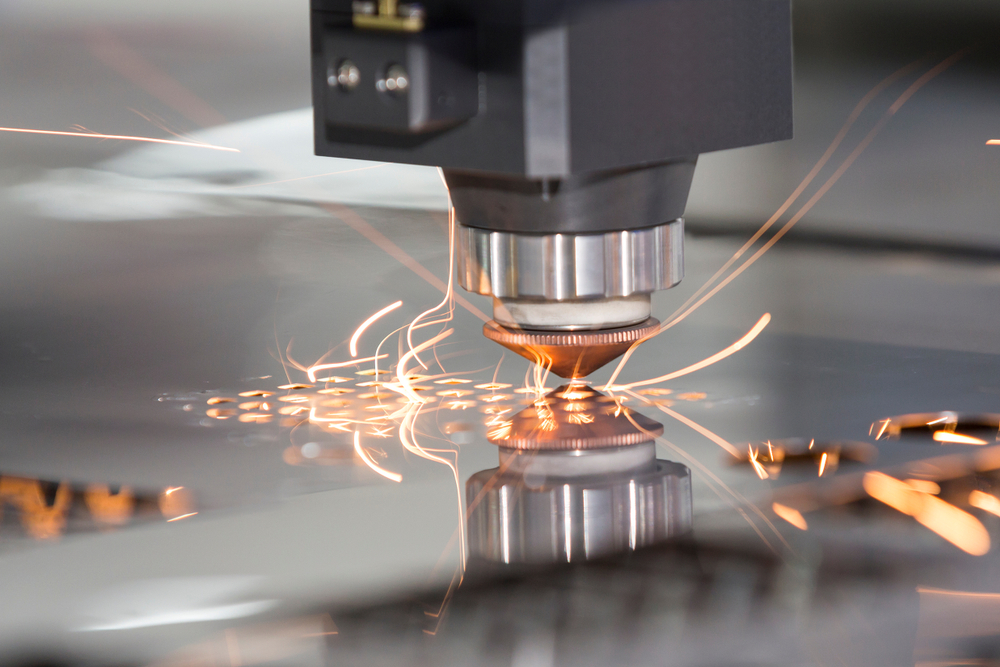
Custom Sheet Metal Fabrication For Precision In Residential And Commercial Projects
Read Count : 18
Category : Articles
Sub Category : relationships
There is a famous sketch by Da Vinci about a primitive sheet metal technique. It was way back in 1485. Since then, metal fabrication has undergone many significant changes. These days, metal fabrication is crucial to many industries including aerospace, automotive, construction and energy. Modern metal fabrications are more advanced, embracing new-age technologies and automation for improved efficiency and precision. In this article, we will explore the concept of custom metal fabrication, its features, and different steps. What is Metal Sheet Fabrication? Though most of you are not familiar with the phrase ‘metal fabrication’, there are many staples of this process that we use in our daily lives. Phone casings, roof gutters, mailboxes, air-conditioning ducts etc are some of the best examples of sheet metal fabrication. Most metal fabricators use sheet metal for their projects. Orange County sheet metal fabrication refers to the process of transforming sheet metals into a wide range of finished products, many of which are used as raw materials across different industries. Sheet metals come in various materials and standardized gauges - a key feature that makes it suitable for both customization and commercial production. How Does Custom Metal Fabrication Work? Custom metal fabrication is the advanced stage of the most commonplace metal fabrication process. The word ‘custom’ reveals a lot about this advanced fabrication process. This is all about manufacturing products in different shapes and sizes according to customers’ specifications. Metal fabrication uses different machinery and manufacturing processes that are complex in different layers. The objective is to produce high-quality products customized to personal preferences and purposes. Sheet metal usually comes from a metal mill or wholesaler. Metal fabrication is a long procedure that includes cutting, bending, forming, folding, engraving and many more. A metal fabricator works with different standard tools including lasers, press brakes, and punch presses. A laser cutter can create high-quality products requiring clean cuts. Another big advantage of using laser cutter is it guarantees no discoloration. Laser cutters are also used for applications that require intricate patterns. These machines are highly valued for their ability to deal with a vast range of metals including stainless steel, aluminium, and titanium. A variety of metals is suitable for metal fabrication. However, not all metals are ideal for all types of projects. The right choice is crucial for project success. Therefore, choosing the right fabricator is important as the person can guide you through the crucial decision-making process. What Are the Different Steps of Custom Metal Fabrication? Product designers make sketches and plans. These are finalized and then sent to fabricators for quotes. The fabricators give a cost estimate and delivery deadline based on the requirements and complexity of the project. However, fabricators’ expertise and experience as well the kind of technology and tools they use for fabrication also matter a lot in the grand scheme of things. Product engineers from a best company like Cresco Custom Metal choose one fabricator from the quote for the product in question. The fabricator then orders for the required volume of raw materials for the project. Once these arrive, the fabricator starts working. The project ends with assembly and finishing.
Comments
- No Comments

